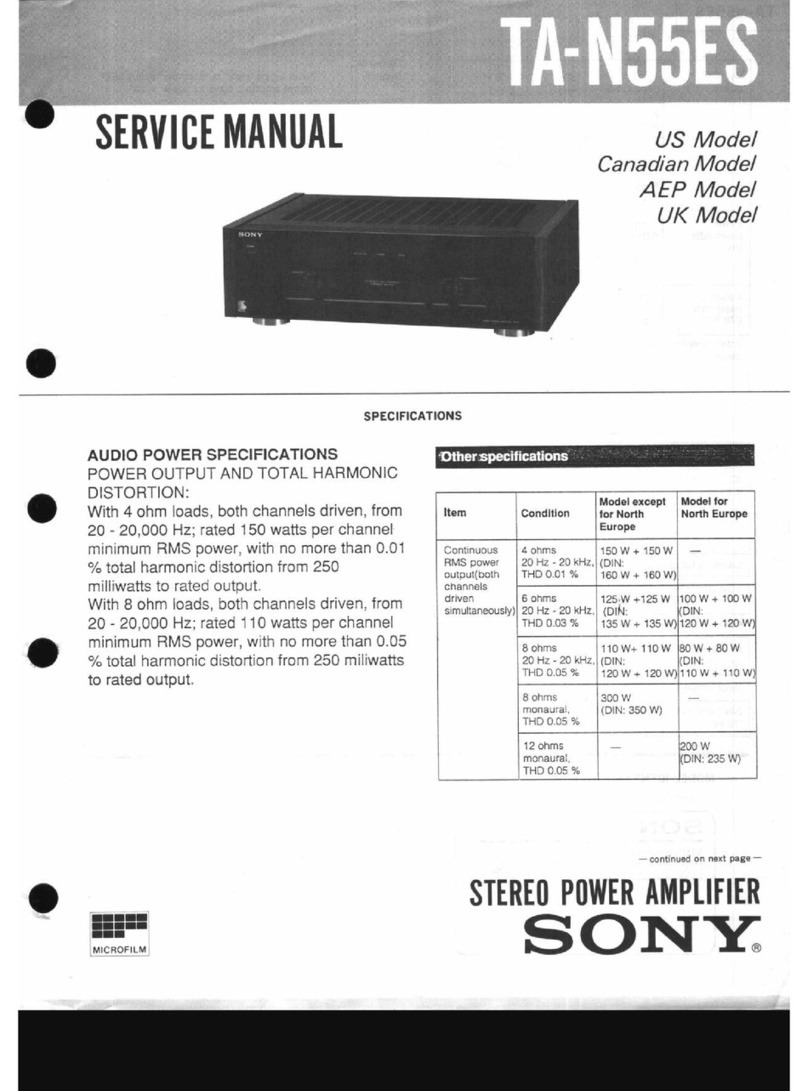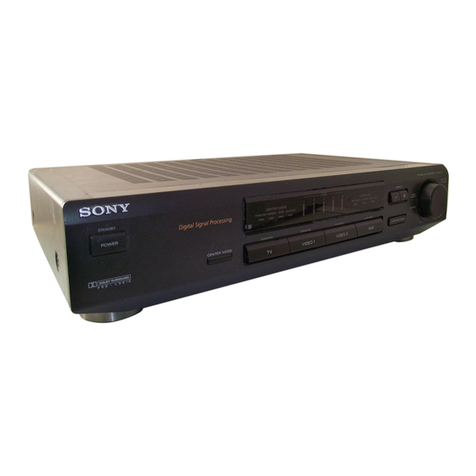Sony TA-AX310 User manual
Other Sony Amplifier manuals

Sony
Sony TA-N55ES User manual

Sony
Sony TA-AV411 User manual

Sony
Sony XM-405EQX Marketing Specifications User manual
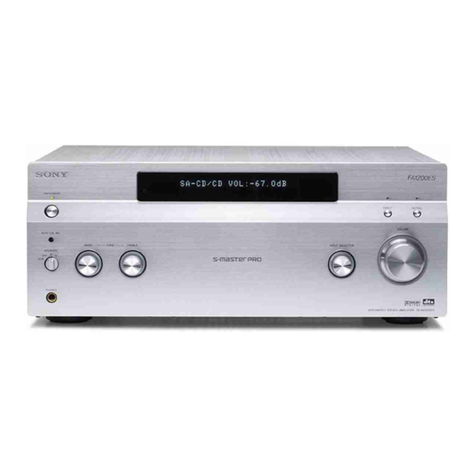
Sony
Sony TA-FA1200ES User manual
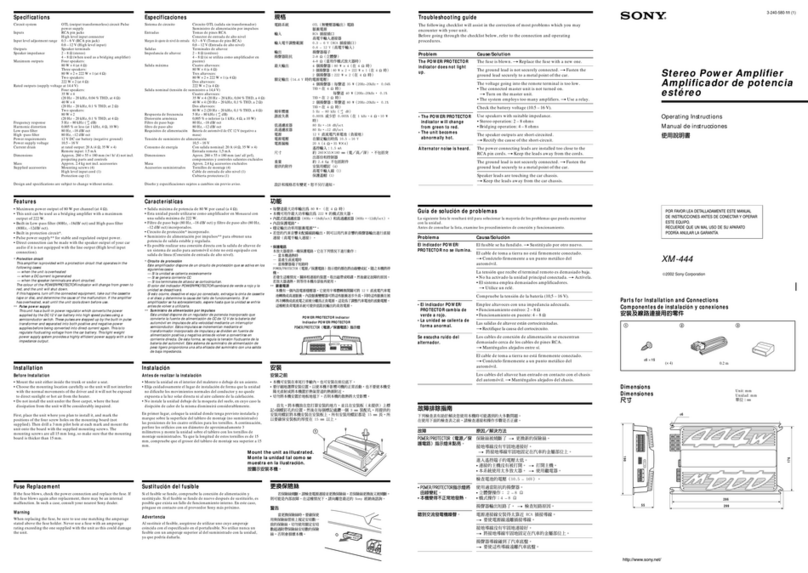
Sony
Sony XM-444 User manual
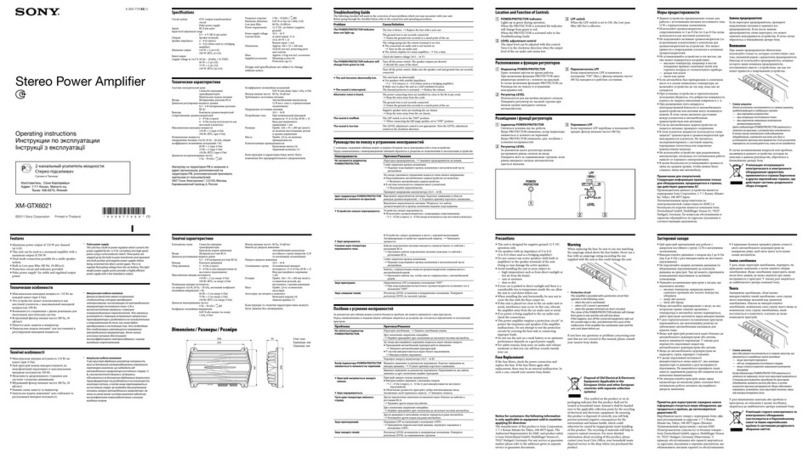
Sony
Sony XM-GTX6021 Installation instructions manual

Sony
Sony XM-504Z - Stereo Power Amplifier User manual
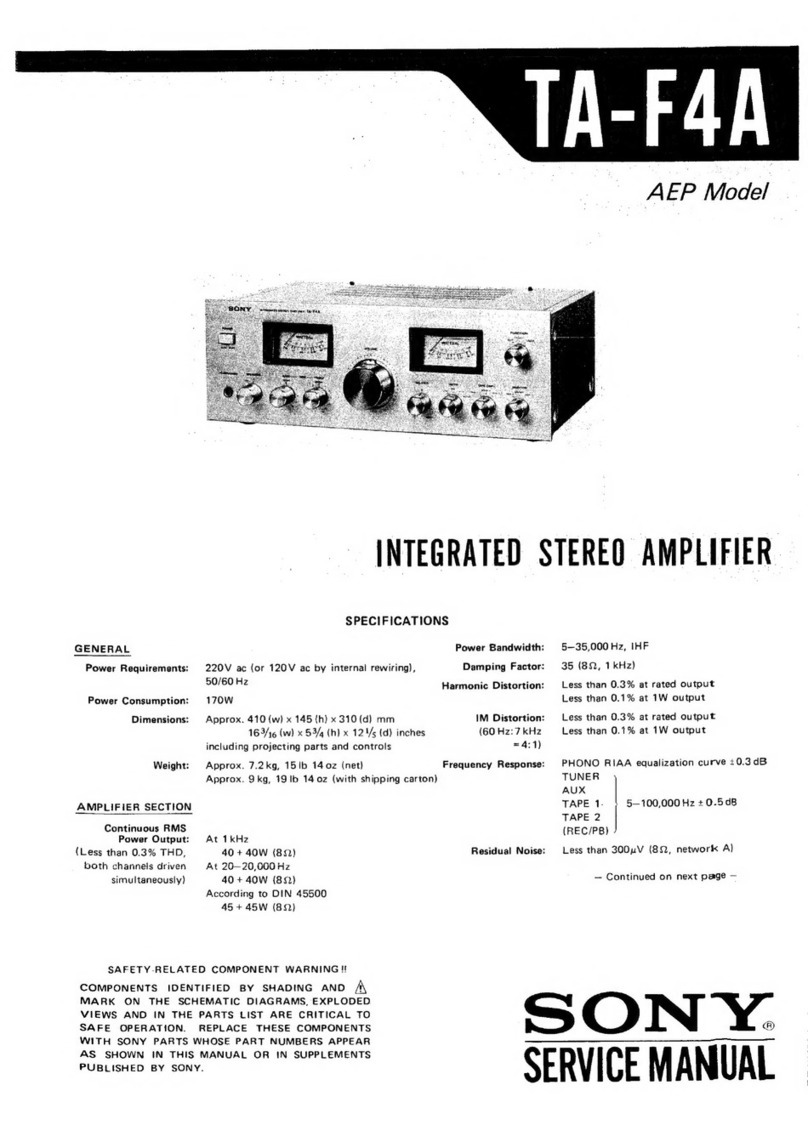
Sony
Sony TA-F4A User manual
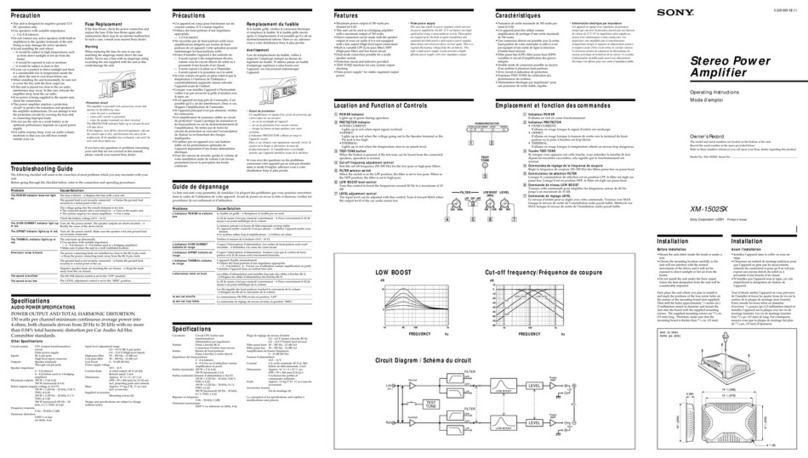
Sony
Sony XM-1502SX - Stereo Power Amplifier User manual

Sony
Sony XM-3026 User manual
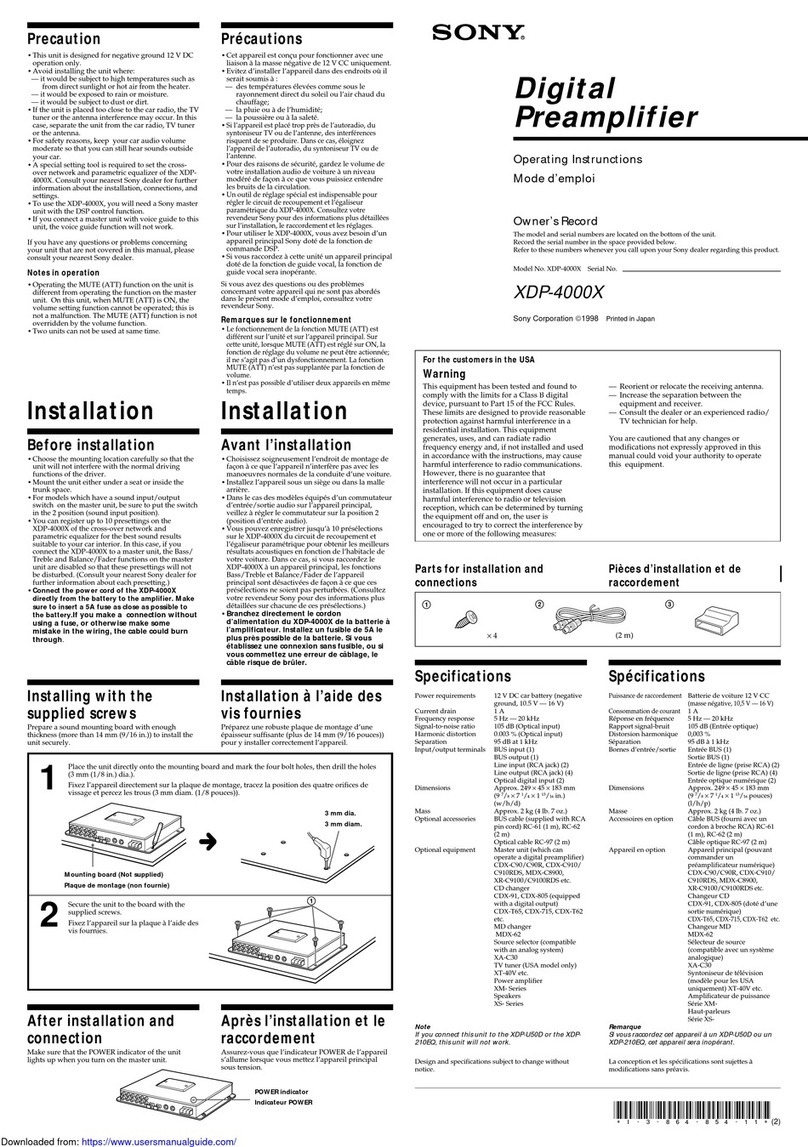
Sony
Sony XDP-4000X Operating Instructions (primary... User manual

Sony
Sony TA-AX390 User manual

Sony
Sony SDP-E300 User manual
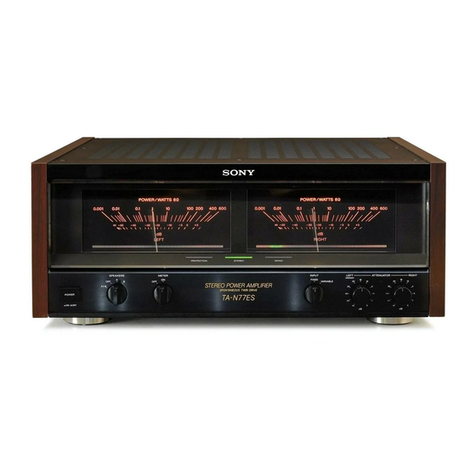
Sony
Sony TA-N77ES User manual

Sony
Sony PHA-3 User manual
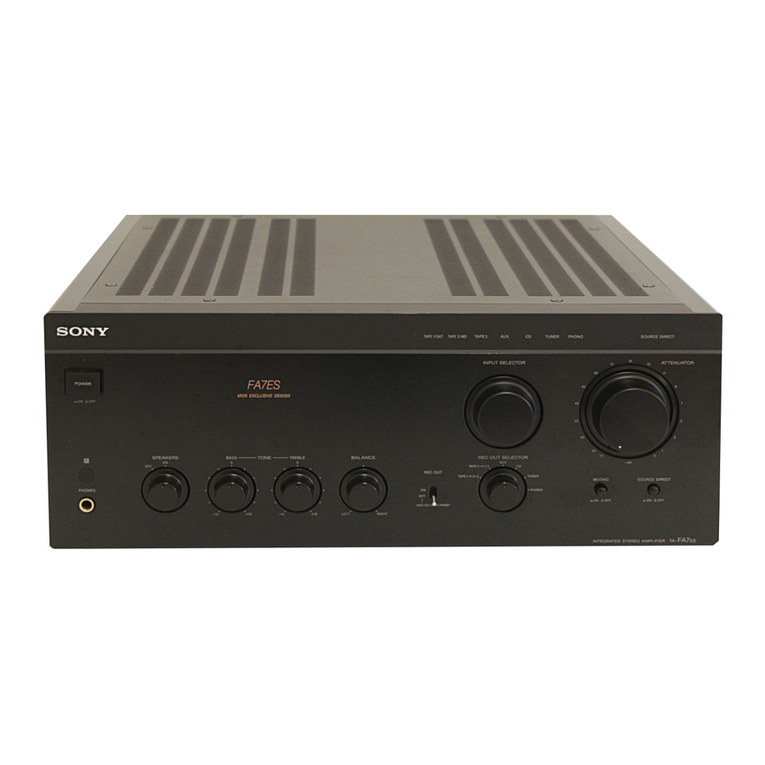
Sony
Sony TA-FA5ES User manual
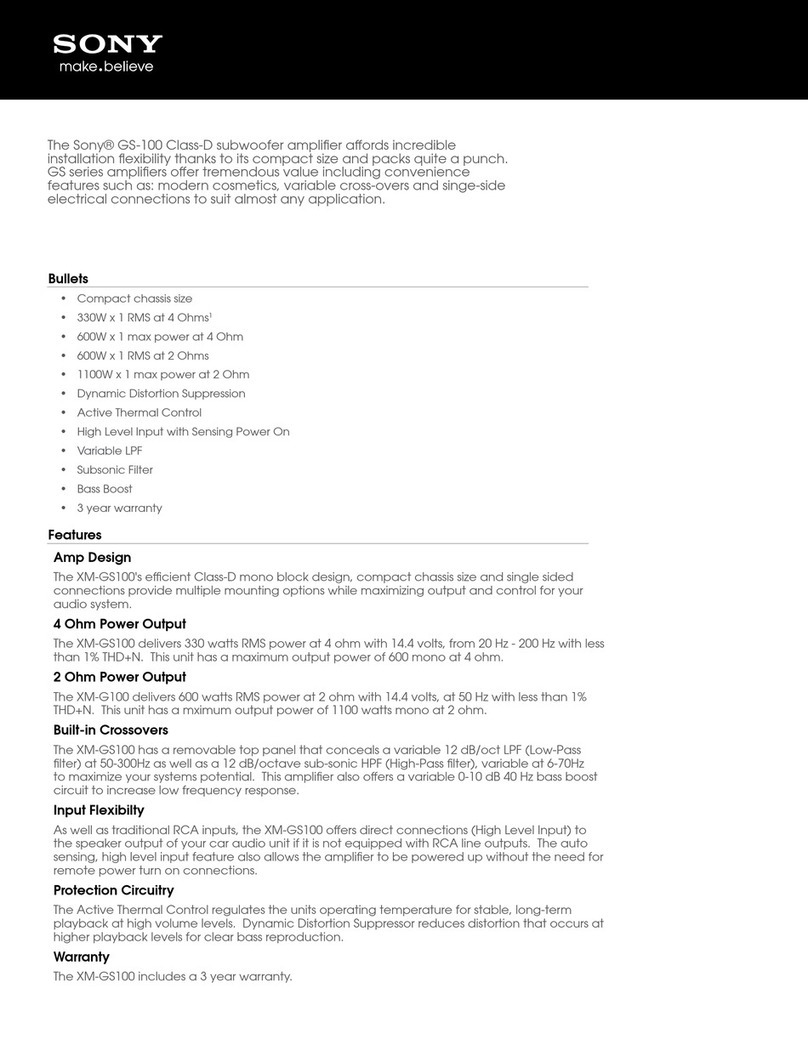
Sony
Sony XM-GS100 User manual
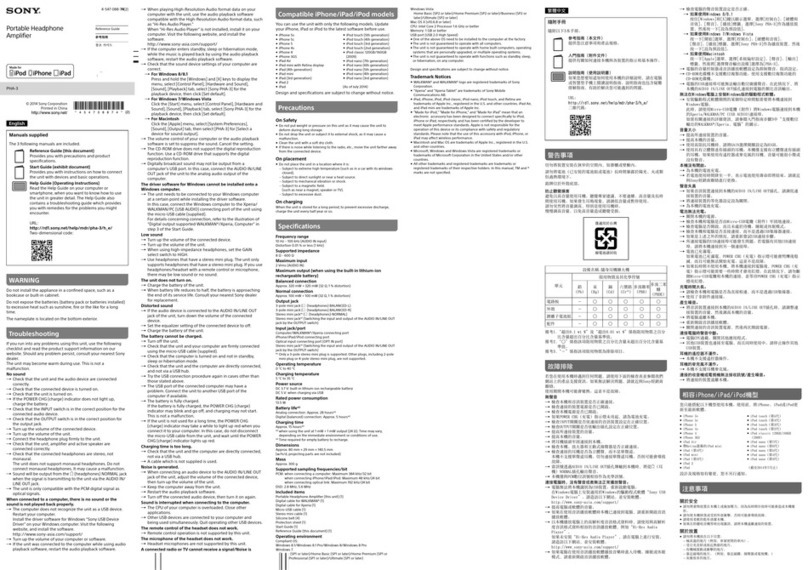
Sony
Sony PHA-3 User manual

Sony
Sony UDA-1 User manual
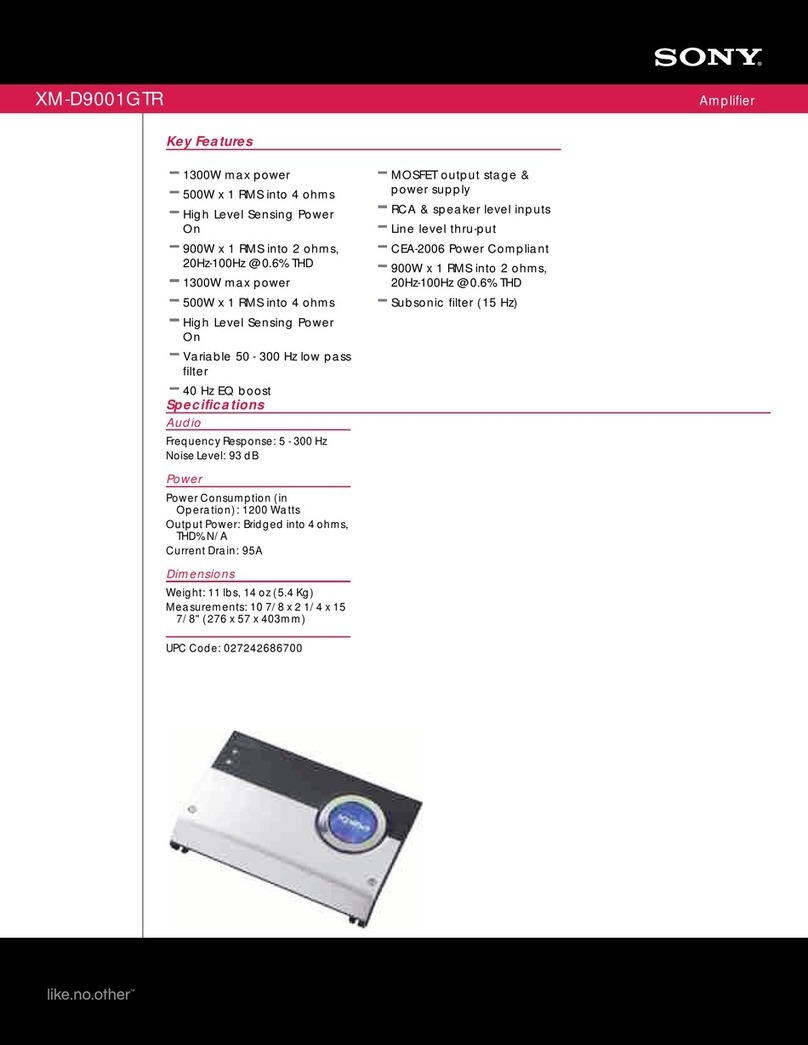
Sony
Sony XM-D9001GTR User manual


